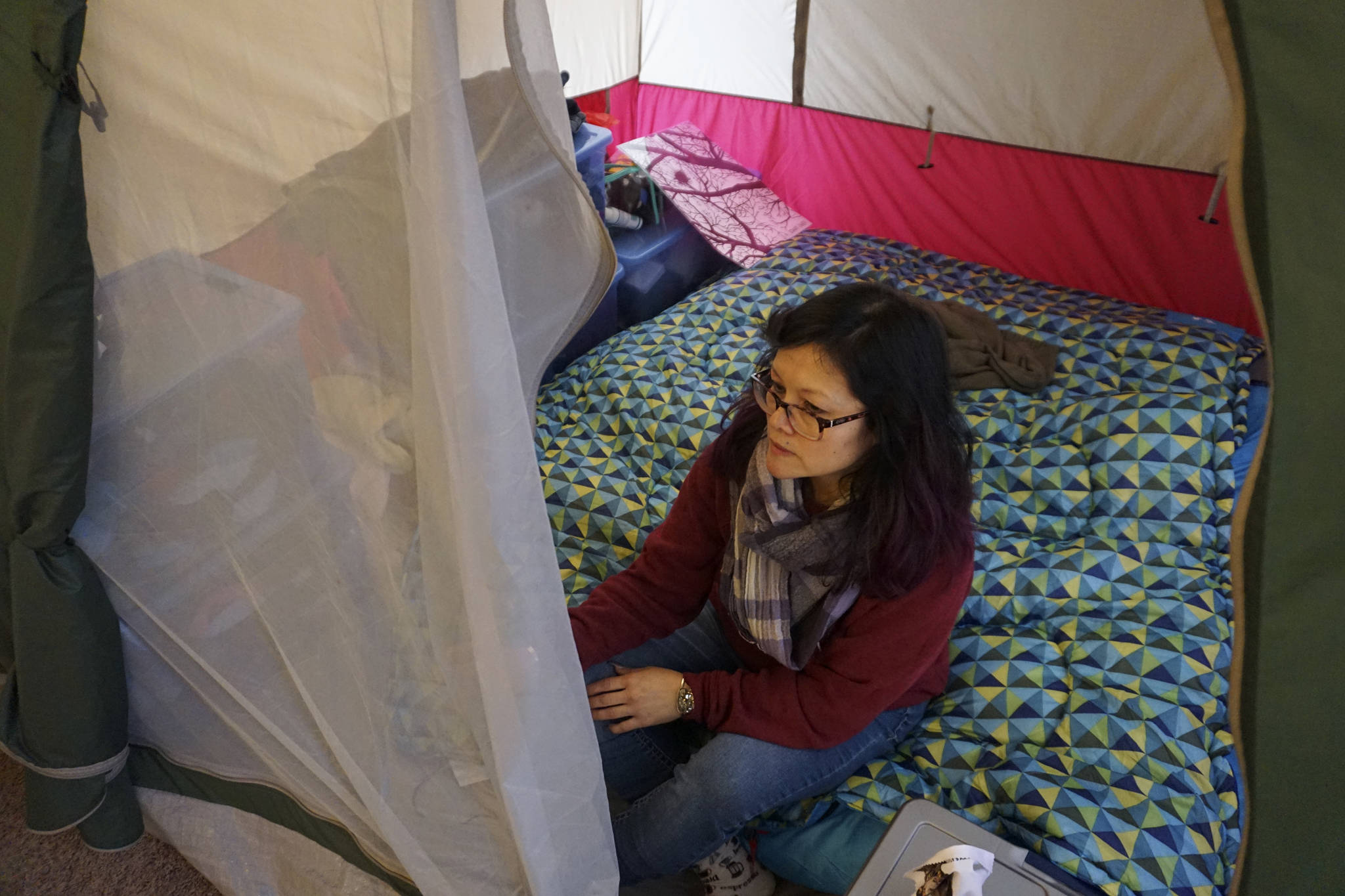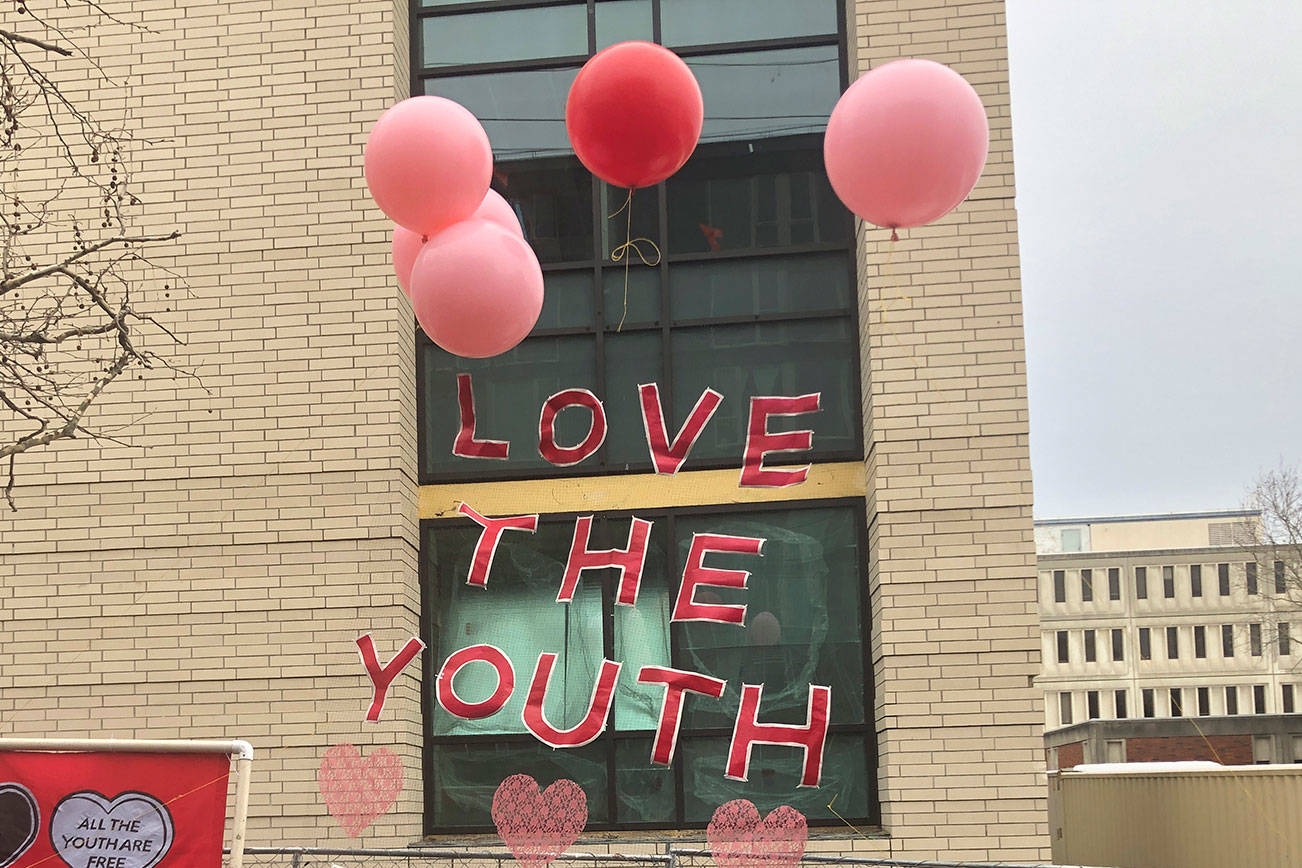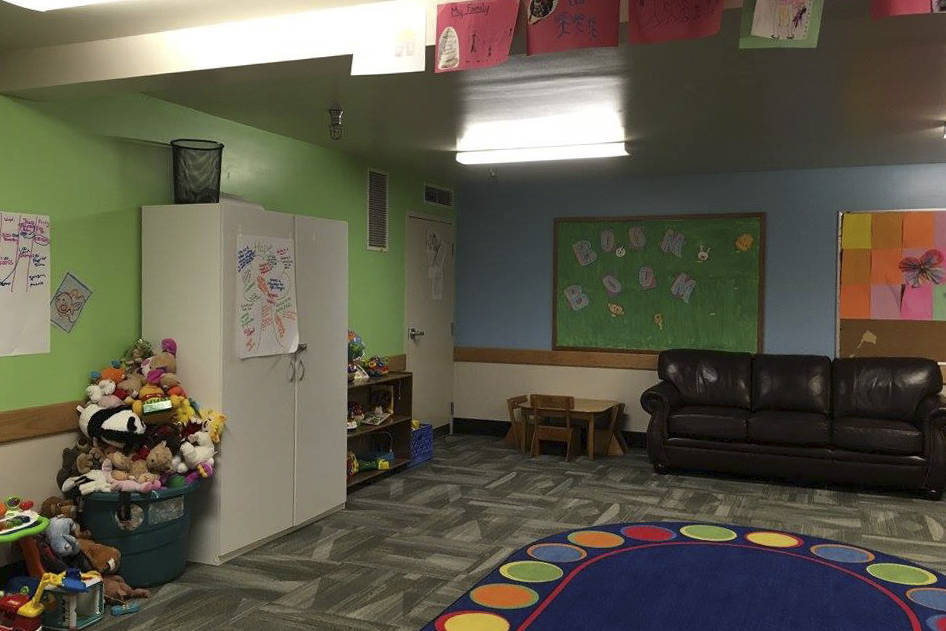Seattle’s Earth Day was marked by garden cleanups and tree planting parties galore, but a new study shows that the city’s air quality is anything but refreshing. A recent American Lung Association State of the Air 2018 report ranked Seattle and Tacoma as the 15th worst metropolitan area for short-term particle pollution.
The report looked at the number of days that were considered unhealthy on an air quality index in 201 cities, based on 2014 to 2016 U.S. Environmental Protection Agency data compiled by the American Lung Association. Researchers then took a weighted average of the “unhealthy days” to determine the rankings for each city, according to an American Lung Association Vice President of Advocacy and Air Quality Carrie Nyssen.
Seattle’s ranking has dipped since last year’s report, when the metropolitan area ranked 17th in the nation for short-term particle pollution, according to data collected from air quality monitors from 2013 to 2015.
The report does not factor out forest fires, which raged through the Pacific Northwest last summer, its resulting smog triggering latent seasonal depression in some residents. Nyssen predicts that Seattle’s short-term particle pollution will likely increase in next year’s report on account of 2017’s summer wildfires.
Erik Saganic, an air quality scientist at Puget Sound Clean Air Agency, attributes the high ranking to people burning wood throughout the winter. “The results that the lung association found is that wood smoke is primarily driving these high pollution events on certain days. And in Seattle and some of these other areas, we have plenty of vehicle traffic and other types of pollution,” Saganic says.
Although Puget Sound Clean Air Agency imposes a burn ban program during the wintertime to prevent people from using wood-burning fireplaces or starting outdoor fires during nights with rising air pollution, Saganic notes that some people don’t comply with the ban or miss the message. “If you do have concerns about particle pollution and helping out, having a cleaner eating device is really helpful, especially a non-wood based heating device.” Saganic says. “Going to cleaner vehicles as well, whether it’s using mass transit or electric vehicles, can be a great aid.”
Saganic contends that although the Puget Sound region generally meets federal air quality standards set by the EPA, the American Lung Association’s recent report highlights that “just because we’re below the EPA standard doesn’t mean that there’s not room for improvement.”
He notes that particle pollution also impacts neighborhoods differently. Aside from short-term pollution, areas with busy road ways have higher levels of particle pollution on an annual average.
“Low-income communities and communities of color always bear the brunt of pollution, and it’s no different here, especially for those near the port and the airport,” Emily Johnston, a spokesperson for the nonprofit 350 Seattle, wrote in an email to Seattle Weekly.
Johnston adds that the report signifies a need for electrified transit that will motivate residents to ditch their cars. “Regionally, this highlights the dire need for work on our transportation emissions (which in Seattle area are half of our carbon pollution), which are the signal reason we’re failing to meet our climate goals—which are themselves outdated, and far too modest,” writes Johnston. “We can’t do that without transforming our transit, and deprioritizing cars in favor of more city space for housing, pedestrians and bikes, and rapid transit.”
Despite the magnitude of the issue, Nyssen has some practical suggestions to reduce air pollution on an individual basis. She recommends that people drive their cars less, buy hybrid or electric vehicles, and use less electricity. “If you’re not going to be in a room in your home, turn the lights off. That’s one of the easiest things we can do to use less energy and to help create a healthier environment for us.”
In light of warmer days ahead, Nyssen suggests that residents monitor the air quality to determine whether to pursue outdoor activities when there’s wildfire smoke in the air. “On those days, you can make choices to not exercise outside. Perhaps that’s the day to have your kids play indoors instead of outdoors because of the harmful effects of that smoke on our lungs.”
mhellmann@seattleweekly.com








